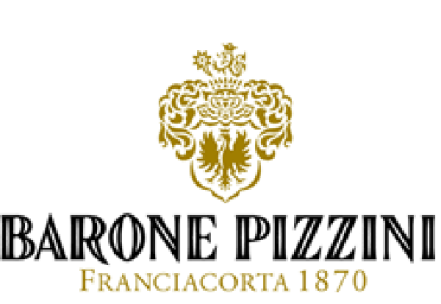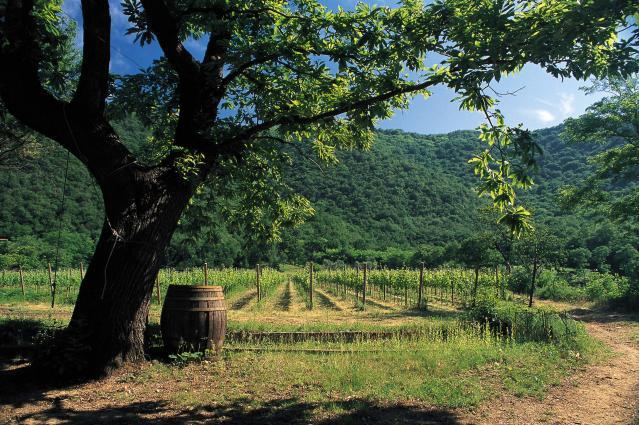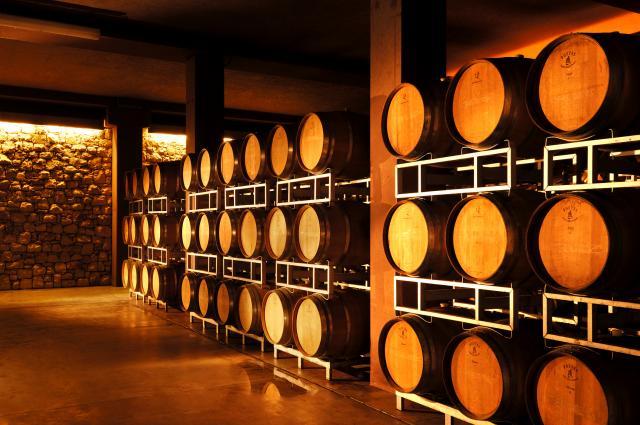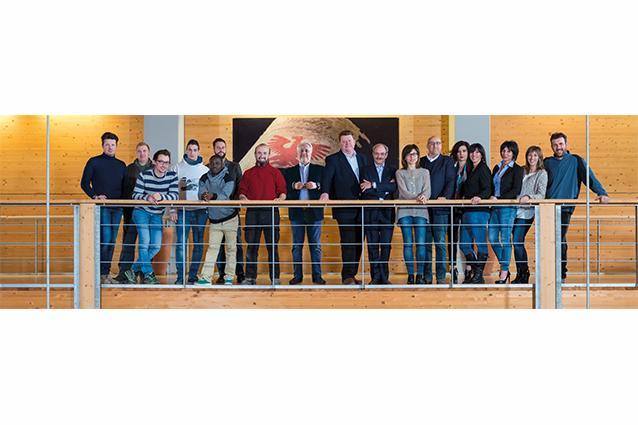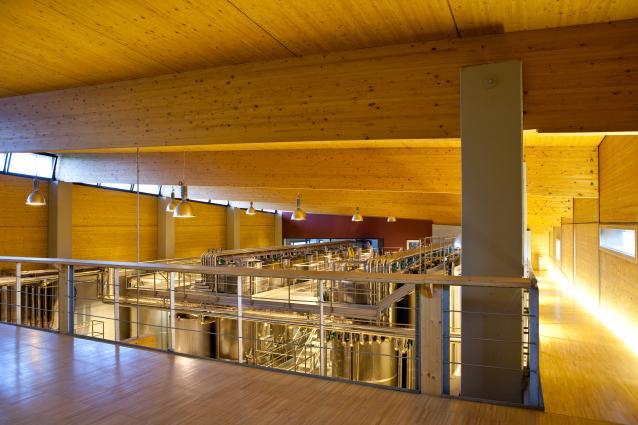Barone Pizzini
Rosé
Barone Pizzini
Rosé
Barone Pizzini was founded in 1870 by the noble family of the same name. It is one of the oldest wineries in Franciacorta, and was the first winery in the region to promote biodiversity and natural farming methods. This choice was made in the mid-nineties because it was considered an essential condition to have “live” vines, which give healthy grapes to make high-quality wines that are a complete expression of the terroir.
Change in page text: Rosé Franciacorta, 100% Pinot Nero(80% PN 20% Chard), is sourced from six vineyards: Roccolo, Santella, Roncaglia, Pian delle Viti, Gallo and Polzina. Soils here are morainic with glacial deposits sitting at 200-350 meters above sea level. Each vineyard’s proximity at the edge of forests maintains cool temperatures throughout hotter days of the growing season.
After an August harvest, Pinot Nero is gently pressed and ferments in temperature controlled stainless steel tanks. It is aged six months in stainless steel tanks and barriques, and in bottle for 30 to 40 months on natural yeasts until disgorgement and a dosage mixture of 2-3g/l of organic sugar is added.
Tasting Notes
Franciacorta’s layered geological formations boast complex microclimates. Wines are defined by both a sub-Alpine and Mediterranean-type climate due to the proximity of Lake Iseo. In the forest protected vineyards of Pinot Nero, aspects of coolness during the day contributes to highly developed floral and fruit aromas. Ancient moraine is fertile and well-drained, contributing to more delicate spice and fruit flavors.
Food Pairing
Rosé is succulent and savory, with more weight on the palate without density. One can think of it as a red wine more than a white at the table. The body is substantial to take a range of meats, from cured to the rare, such as tartare. Rosé’s equally stand up to grill lobster or chicken, offering needed weight and fruit, but bringing needed dimension of lift and brightness.
Barone Pizzini was founded in 1870 by the noble family of the same name. It is one of the oldest wineries in Franciacorta, and was the first winery in the region to promote biodiversity and natural farming methods. This choice was made in the mid-nineties because it was considered an essential condition to have “live” vines, which give healthy grapes to make high-quality wines that are a complete expression of the terroir.
Change in page text: Rosé Franciacorta, 100% Pinot Nero(80% PN 20% Chard), is sourced from six vineyards: Roccolo, Santella, Roncaglia, Pian delle Viti, Gallo and Polzina. Soils here are morainic with glacial deposits sitting at 200-350 meters above sea level. Each vineyard’s proximity at the edge of forests maintains cool temperatures throughout hotter days of the growing season.
After an August harvest, Pinot Nero is gently pressed and ferments in temperature controlled stainless steel tanks. It is aged six months in stainless steel tanks and barriques, and in bottle for 30 to 40 months on natural yeasts until disgorgement and a dosage mixture of 2-3g/l of organic sugar is added.
Tasting Notes
Franciacorta’s layered geological formations boast complex microclimates. Wines are defined by both a sub-Alpine and Mediterranean-type climate due to the proximity of Lake Iseo. In the forest protected vineyards of Pinot Nero, aspects of coolness during the day contributes to highly developed floral and fruit aromas. Ancient moraine is fertile and well-drained, contributing to more delicate spice and fruit flavors.
Food Pairing
Rosé is succulent and savory, with more weight on the palate without density. One can think of it as a red wine more than a white at the table. The body is substantial to take a range of meats, from cured to the rare, such as tartare. Rosé’s equally stand up to grill lobster or chicken, offering needed weight and fruit, but bringing needed dimension of lift and brightness.


